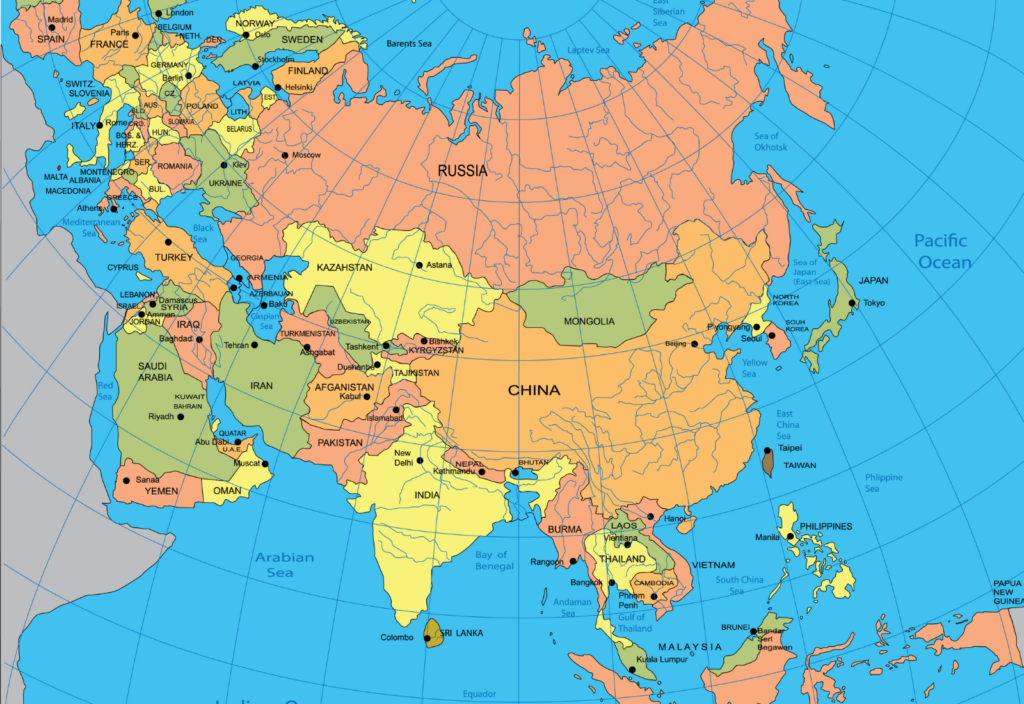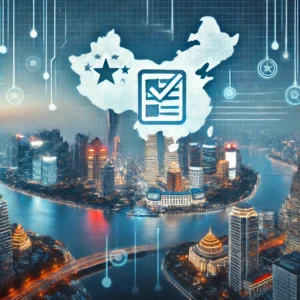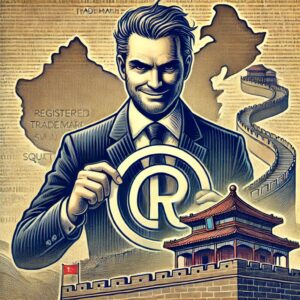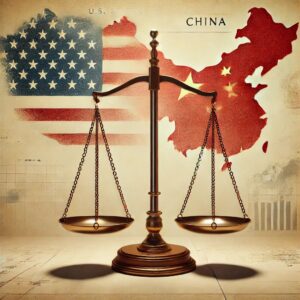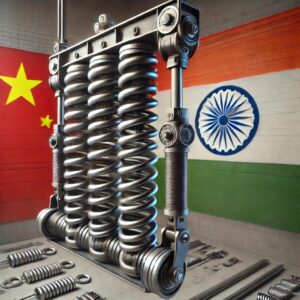Table of Contents
ToggleIP Strategies for the China Plus One Era
I recently had a discussion with several of my law firm’s international lawyers about how so many of our clients are expanding their manufacturing operations or product sourcing beyond China. These clients now have an “international” strategy in which China is just one component, or in some cases, no longer a component at all.
International Manufacturing is Shifting
Five years ago, our typical manufacturing client sought our law firm’s assistance in either outsourcing product manufacturing to a Chinese factory or establishing their own manufacturing operations within China. For those clients aiming to establish a manufacturing presence in China we primarily assisted with forming a wholly foreign-owned enterprise (WFOE) or structuring joint ventures. For those seeking to outsource their manufacturing to China we would mostly focus on drafting essential agreements, such as as NNN Agreements, Product Development Agreements, and Manufacturing Agreements.
Whether the company was entering China to manufacture its own goods or to buy product from a Chinese company, we would discuss their intellectual property requirements and assist them in filing for trademarks and/or patents.
Things are different these days. Many of our manufacturing clients have been making products in China for years, and they now seek our help to add another country—usually Mexico, India, Vietnam, or Thailand, but also Taiwan, Colombia, Peru, Indonesia, Malaysia, or Cambodia—to their manufacturing mix. Five years ago, a common question was “Dongguan or Suzhou?” Today, we are more likely to hear “Hanoi or Querétaro?”
Shifting International Manufacturing Requires Shifting International IP Protection
Though it’s not just manufacturing companies that increasingly need to protect their IP beyond China, they are the ones leaving China in great numbers. Rising costs in China, U.S. tariffs on Chinese products, and the increasing importance of geopolitics have all accelerated this trend, especially since Russia invaded Ukraine. It also is much easier for a company that outsources its product manufacturing to a factory in China to move that outsourced manufacturing to Vietnam than for a company that has 75 employees in Shanghai providing accounting services to move those 75 people to Mexico City.
A number of our American manufacturing clients have told us they are working quickly to get their ex-China strategies in place before the 2024 U.S. elections due to concerns about future U.S.-China relations. Not surprisingly, European, Canadian, Australian, and Latin American clients that sell Chinese products into the United States share similar concerns. Even some of our European clients with no U.S. sales worry about the EU following the U.S. lead in decoupling from China.
Developing Comprehensive International IP Strategies
The China Plus One strategies of our clients mean our IP discussions must extend beyond China. Five years ago, only about 20% of our China clients needed to consider IP registrations outside China and the countries where they sold their products. Today, about half of our clients need IP protection in countries beyond China and their product markets.
The critical point for companies expanding beyond China is to recognize that China-registered IP offers no protection outside China. Companies must register their IP in each country (or region) where they do business. And remember, for IP purposes, Macau, Hong Kong, and Taiwan are separate from China.
Conclusion
The shifting sands of global manufacturing requires a comprehensive and adaptable IP strategy. Your IP strategy needs to align with your manufacturing strategies, without either one lagging the other.










